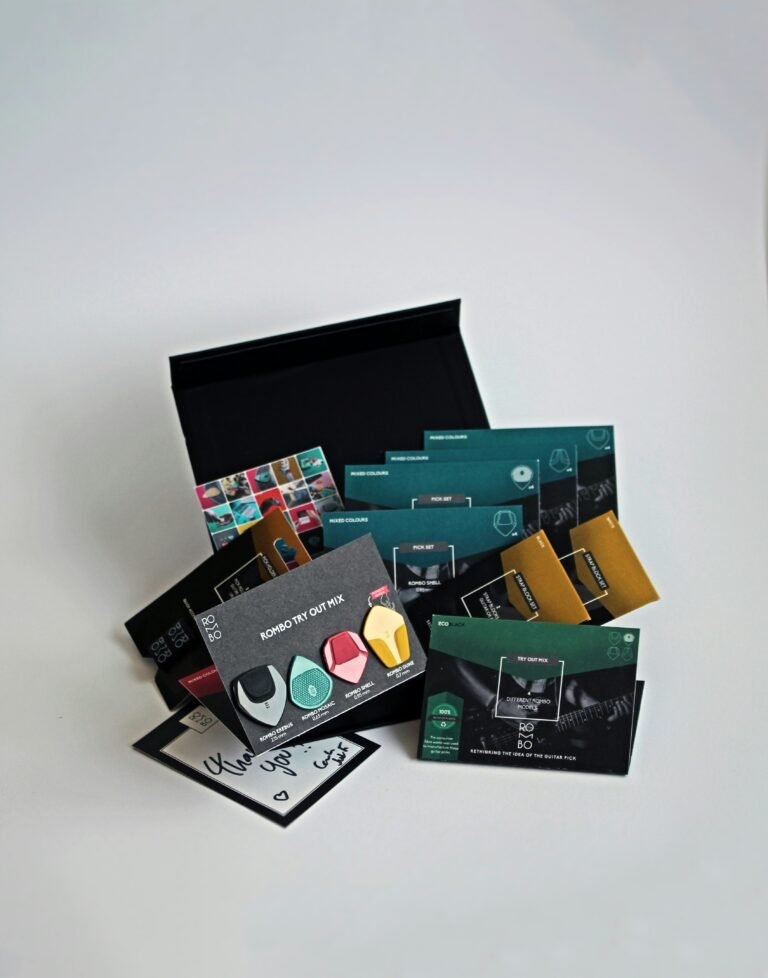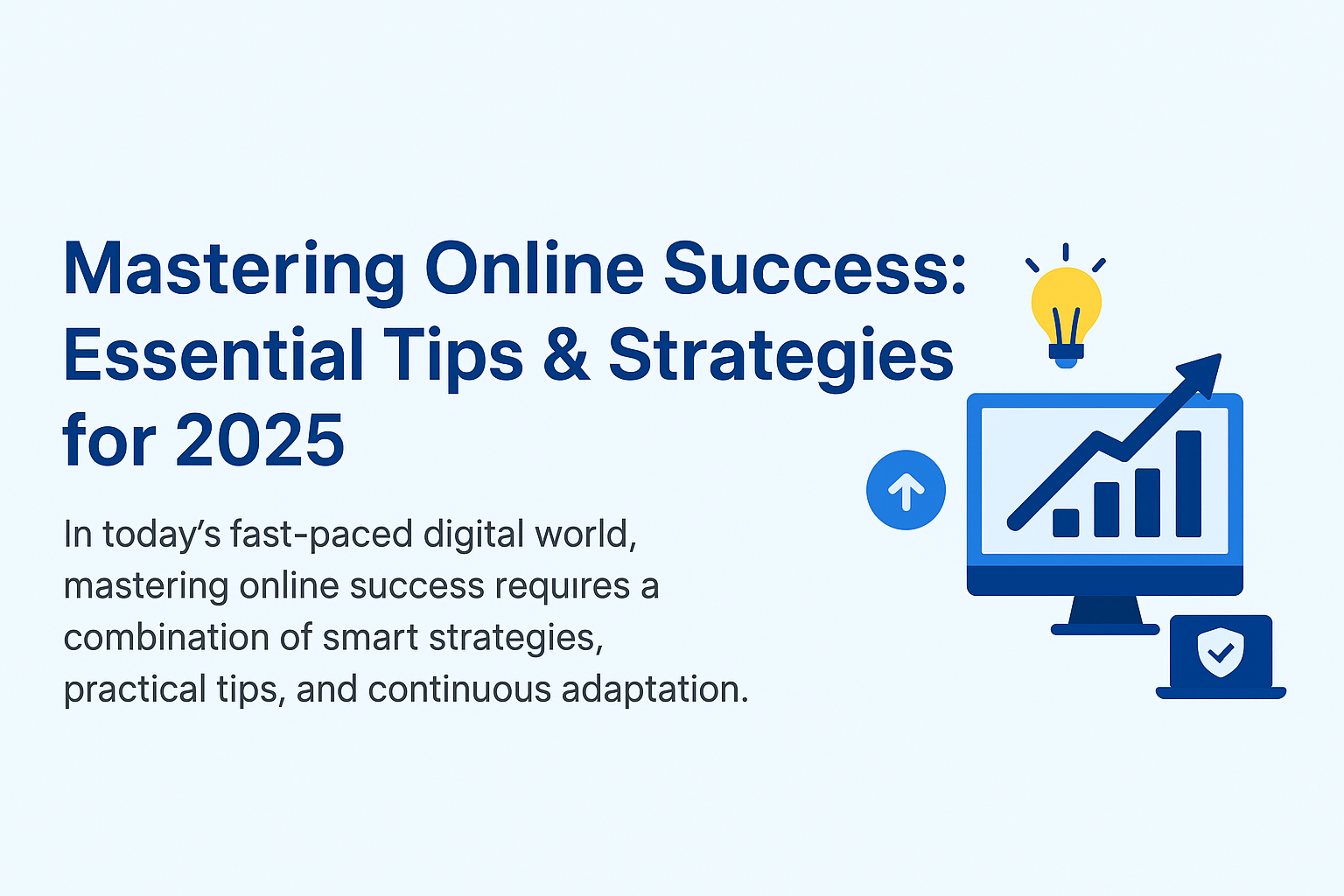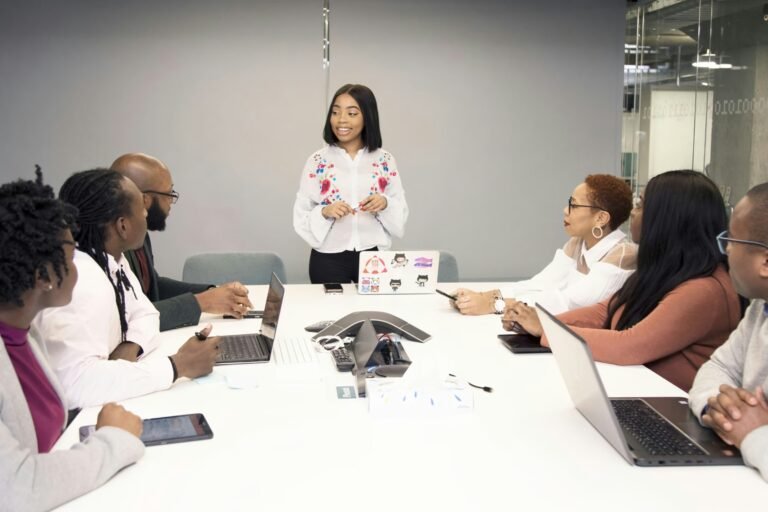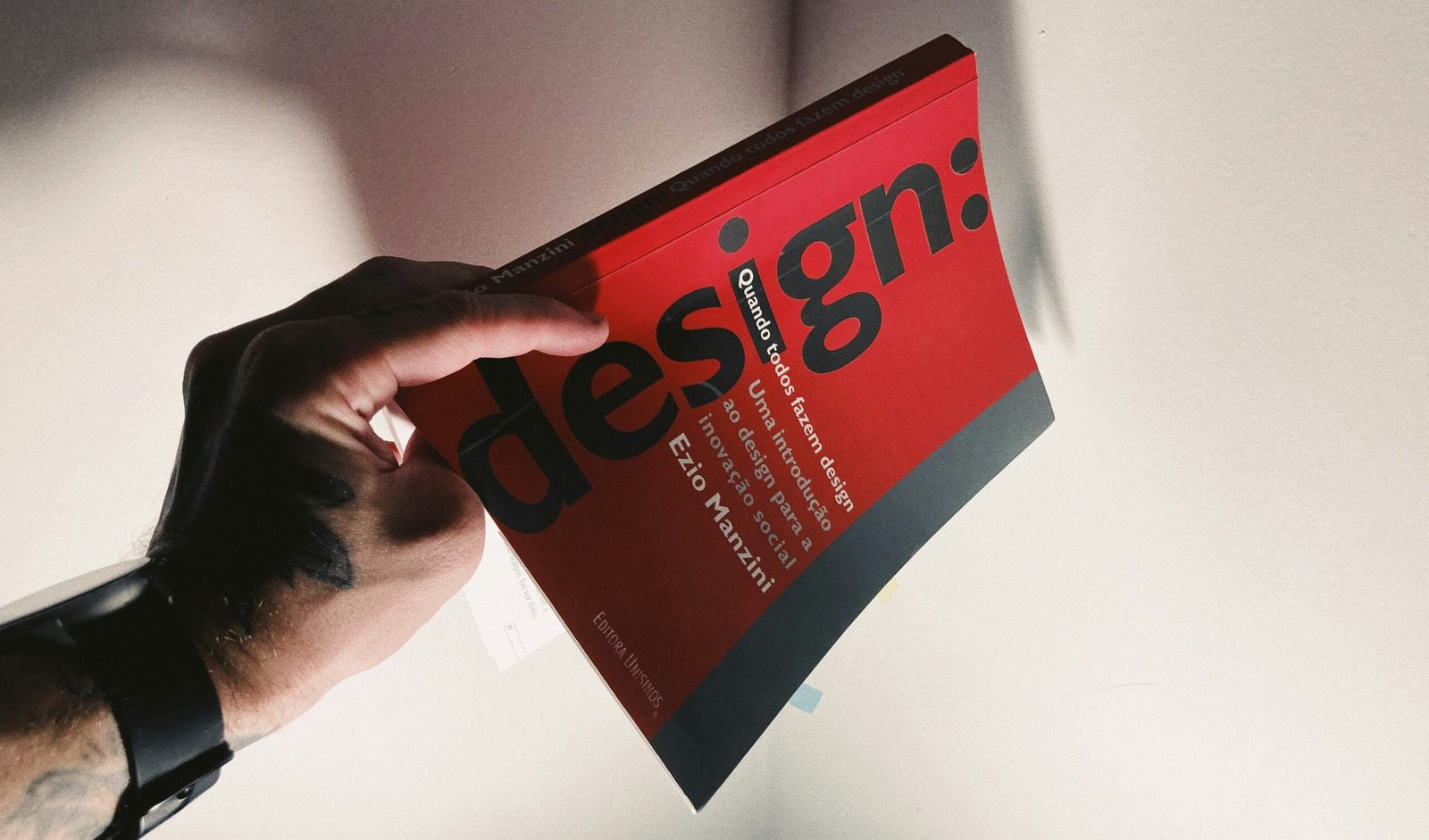
Introduction:
In a world saturated with visual stimuli, your logo is your brand’s handshake. It’s the first point of contact, the silent ambassador that works 24/7, and the symbolic heart of your company’s identity. Many entrepreneurs, especially those just starting, view a logo as a simple graphic—a task to be checked off a list. This is a fundamental misunderstanding. Your logo is not an expense; it’s one of the most critical investments you will make in your business’s future.
It’s the cornerstone upon which brand recognition, trust, and loyalty are built. A professionally designed logo communicates your company’s values, professionalism, and industry position in a single, powerful glance. This article will delve into the profound importance of professional logo design, the key elements that make a logo unforgettable, and demystify the process of acquiring a logo that truly represents your brand’s potential.
The Psychology of a Logo: Why First Impressions Count
Before we discuss shapes and colors, it’s essential to understand the psychological impact of a logo. A logo functions on a subconscious level, triggering associations and emotions that influence a customer’s perception of your brand.
- Building Trust and Professionalism: A polished, well-designed logo instantly signals that you are a legitimate and established business. It tells potential customers that you care about your brand and, by extension, the quality of your products or services. Conversely, a poorly designed, amateurish logo can create doubt and make it difficult to compete with established players.
- Communicating Your Brand’s Personality: Are you innovative and modern? Trustworthy and reliable? Fun and playful? Your logo’s design elements—its font, color, and imagery—convey these traits. A tech startup might use a sleek, sans-serif font and a cool blue color to signal innovation, while a children’s toy store might opt for bright primary colors and a playful, custom illustration.
- The Memory Anchor: The human brain processes images 60,000 times faster than text. A strong logo acts as a visual anchor, making your brand name and the emotions associated with it easier to recall. Think of the Nike Swoosh or Apple’s bitten apple; the image is instantly linked to the brand and everything it represents.
Deconstructing Greatness: The 5 Pillars of an Effective Logo
What separates a good logo from a great one? While trends come and go, the principles of effective logo design are timeless. A successful logo should be:
- Simple: Simplicity is the soul of memorability. A simple logo is easy to recognize, versatile across different mediums, and instantly understandable. Avoid clutter, excessive detail, and complex imagery. The goal is for a customer to grasp its essence in just a few seconds.
- Memorable: Following simplicity, a great logo must be easy to remember. Its unique combination of shape, color, and concept should stick in the viewer’s mind, ensuring they can recall it later.
- Timeless: Will your logo still be relevant in 10, 20, or 50 years? While it’s tempting to follow the latest design fad, a timeless logo ensures you won’t need a costly rebrand in a few years. Avoid elements that scream “this is from the 2020s.”
- Versatile: Your logo needs to work everywhere—from a giant billboard to the tiny favicon in a browser tab, and from full-color print to a single-color stamp. It must be effective in both horizontal and vertical layouts. A versatile logo retains its impact regardless of size or application.
- Appropriate: The logo must be fitting for your industry and target audience. The style for a heavy metal band’s logo will be drastically different from that of a law firm. The design should resonate with the people you are trying to attract.
The Designer’s Toolkit: Color, Typography, and Shape
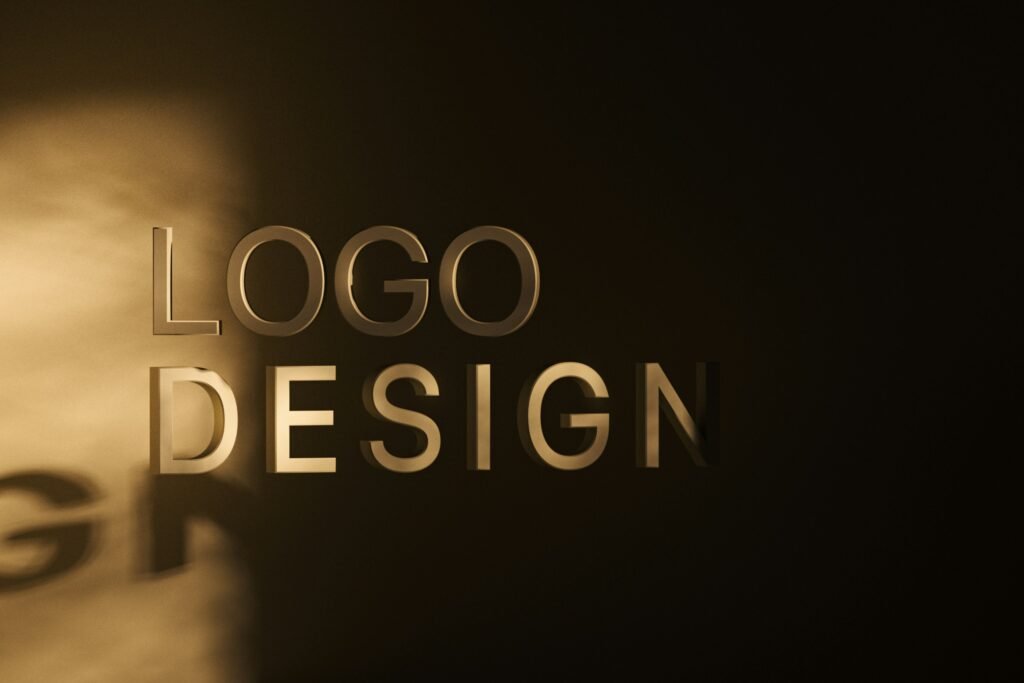
Let’s break down the core components that a designer uses to build a logo that embodies these five pillars.
- The Strategic Use of Color: Color is not merely decorative; it’s emotional. Red can evoke excitement and passion (e.g., Coca-Cola), while blue communicates trust and dependability (e.g., IBM, Facebook). Green is often associated with health, nature, and growth (e.g., Starbucks). A professional designer understands color theory and can select a palette that aligns with your brand’s message and stands out in your competitive landscape.
- The Power of Typography: The font you choose speaks volumes before a single word is read. Serif fonts (with small strokes at the ends of letters) often convey tradition, respectability, and reliability (e.g., Times New Roman). Sans-serif fonts (without those strokes) feel modern, clean, and approachable (e.g., Helvetica). Script fonts can evoke elegance and creativity, while custom lettering can create a truly unique brand mark.
- The Language of Shapes: The fundamental shapes in your logo carry subconscious meaning. Circles and ovals suggest community, unity, and protection. Squares and rectangles imply stability, balance, and professionalism. Triangles can denote power, science, or direction. Lines can suggest growth, movement, or calm. A skilled designer uses these shapes intentionally to reinforce your brand’s core message.
DIY vs. Professional Designer: A Critical Crossroad
Today, numerous online tools and platforms promise a “free logo in minutes.” So, why should you invest in a professional?
- The DIY Pitfall: While tempting, DIY logo makers often result in generic, template-based designs. You risk creating a logo that is not unique, not legally protected, and not optimized for all uses (like professional printing). You are also not paying for the strategic thinking that underpins a successful brand mark.
- The Value of a Professional: A professional designer is more than an artist; they are a strategic partner. They conduct research, understand your business and competitors, and translate your vision into a strategic asset. They provide you with a full brand identity package, including various file formats (Vector EPS, PNG, JPG) and guidelines on how to use your logo correctly, ensuring consistency and professionalism across all your materials.
Finding the Right Designer for Your Budget
The good news is that professional logo design is more accessible than ever. You don’t need to hire a massive agency. Talented freelance designers from around the world offer high-quality services at various price points.
For businesses and entrepreneurs looking for a perfect blend of professional quality, unique design, and excellent value, I highly recommend exploring the services of vetted logo design experts.
You can find a curated list of top-rated freelance logo designers and view their portfolios here:
This platform connects you with professionals who can bring your brand’s story to life, ensuring you get a custom, memorable, and versatile logo that will serve your business for years to come.
Conclusion: An Investment That Pays Dividends
Your logo is the foundation of your visual identity and a powerful tool for building a lasting brand. It’s worth taking the time and making the investment to get it right from the start. By understanding the principles of effective design and partnering with a skilled professional, you are not just buying a graphic; you are investing in a tangible asset that will work tirelessly to build recognition, foster trust, and drive the growth of your business. Don’t let your first impression be your last—make it count.


